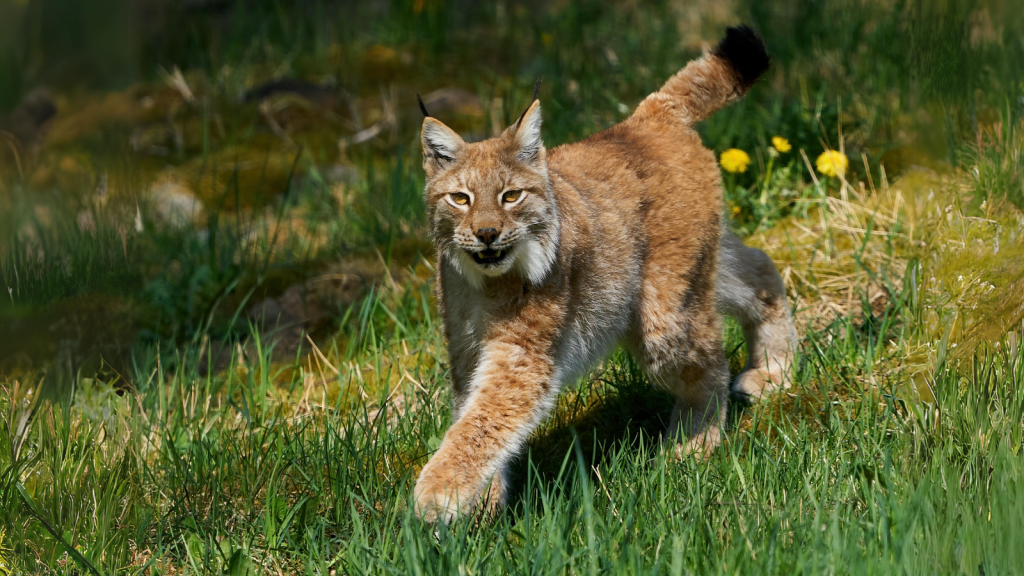The world of big cats is a realm of power, grace, and untamed beauty. These magnificent creatures are more than just fearsome predators. They’re beautiful, smart, powerful, and ecologically important. From the iconic lions of the African savannah to the elusive snow leopards of the Himalayas, large felines come in a surprising variety of shapes, sizes, and habitats. While some species face significant threats from habitat loss and human conflict, others are showing promising signs of recovery thanks to dedicated conservation efforts. This list explores the 15 largest cat species still roaming our planet today, offering a glimpse into their unique characteristics and the challenges they face in the modern world.
Tiger
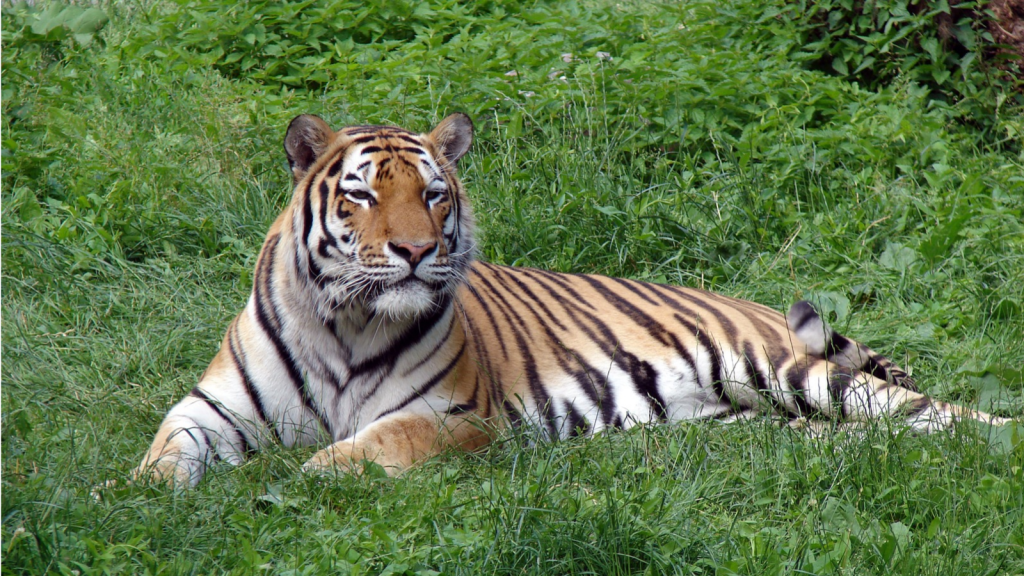
The tiger reigns supreme as the largest of all living cats. These striking orange and black striped giants can reach lengths of up to 3.3 metres and weigh as much as 300 kg. Native to various parts of Asia, tigers are powerful swimmers and skilled hunters, capable of taking down prey much larger than themselves. Sadly, tiger populations have dwindled due to habitat loss and poaching, with only about 3,900 left in the wild. Each tiger’s stripe pattern is unique, like a fingerprint, allowing researchers to identify individuals in the field.
Lion
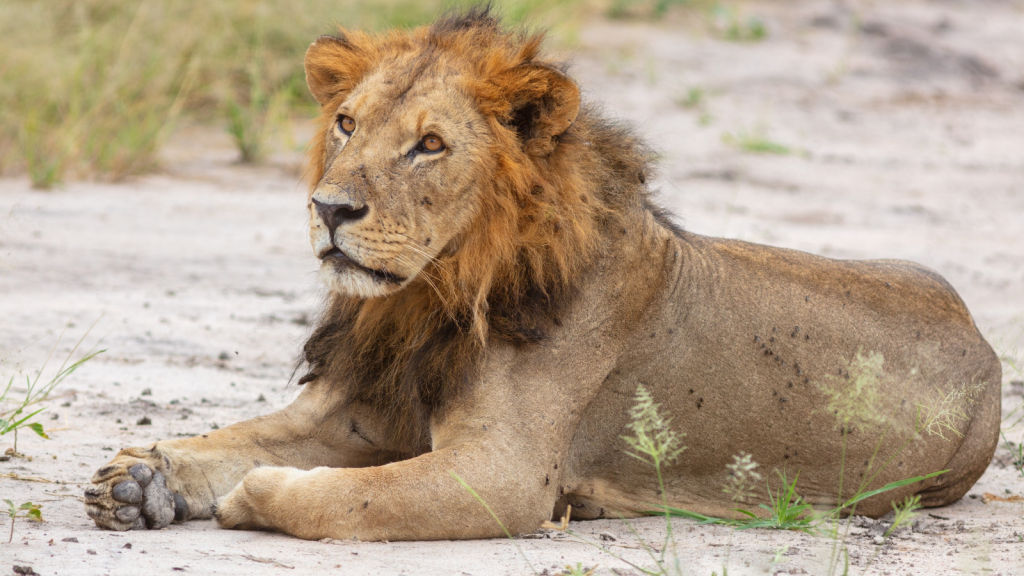
The iconic lion, often called the ‘king of the jungle’, is the second-largest cat species. Male lions, with their distinctive manes, can weigh up to 250 kg. These social cats live in prides and are the only big cats to do so. While once widespread across Africa and parts of Asia, lions now primarily inhabit sub-Saharan Africa, with a small population remaining in India’s Gir Forest. A lion’s roar can be heard up to 8 kilometres away, serving as a territorial call and a way to communicate with other pride members.
Jaguar
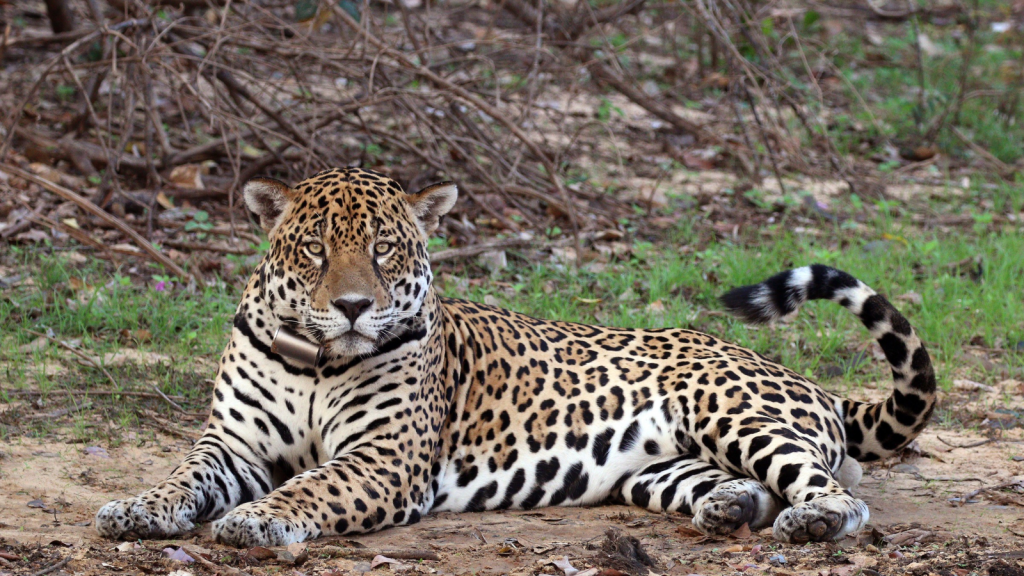
The jaguar, the largest cat in the Americas, is a formidable predator known for its powerful bite. These spotted cats can weigh up to 150 kg and are excellent swimmers. Jaguars once roamed from the southern United States to Argentina, but their range has significantly shrunk due to habitat loss. They’re now found primarily in the Amazon rainforest and parts of Central America. Jaguars have the strongest bite force relative to body size of any big cat, allowing them to crack open turtle shells and pierce the thick hides of caiman.
Leopard
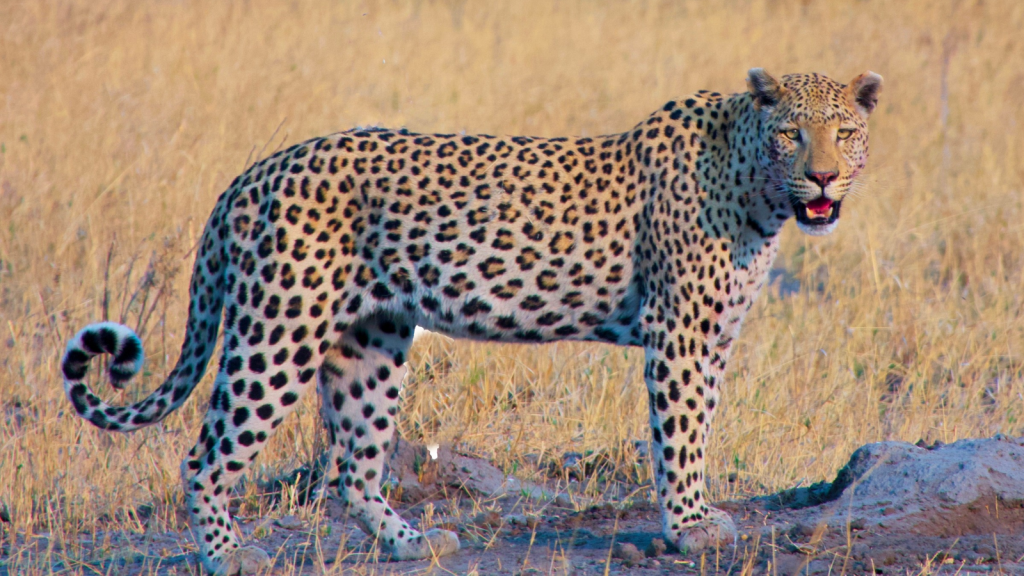
Leopards are known for their adaptability, living in a wide range of habitats from African savannas to Asian forests. These spotted cats can weigh up to 90 kg and are incredibly strong, often dragging prey larger than themselves up trees. Leopards are excellent climbers and are known for their elusive nature, making them difficult to spot in the wild. Some leopards living in dense forests have a unique black coat, known as melanistic leopards or “black panthers”.
Puma (Mountain Lion)
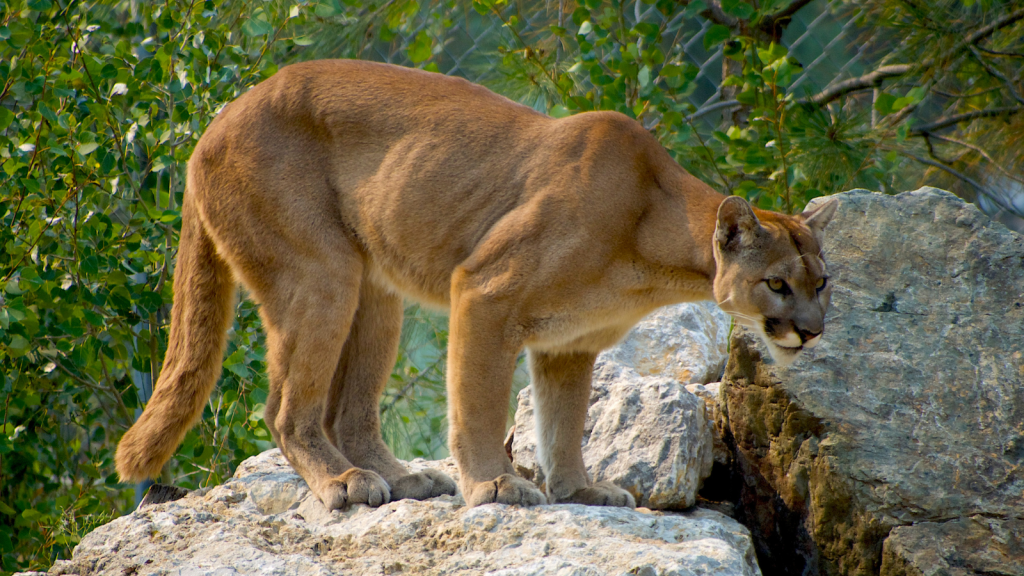
Also known as cougars or mountain lions, pumas are the fourth-largest cat species. These tawny-coloured cats can weigh up to 100 kg and have the largest range of any wild land mammal in the Americas, from Canada to the southern Andes. Pumas are known for their impressive jumping ability, capable of leaping up to 40 feet horizontally and 15 feet vertically. Unlike other big cats, pumas cannot roar; instead, they communicate through a variety of vocalizations including purrs, chirps, and whistles.
Cheetah
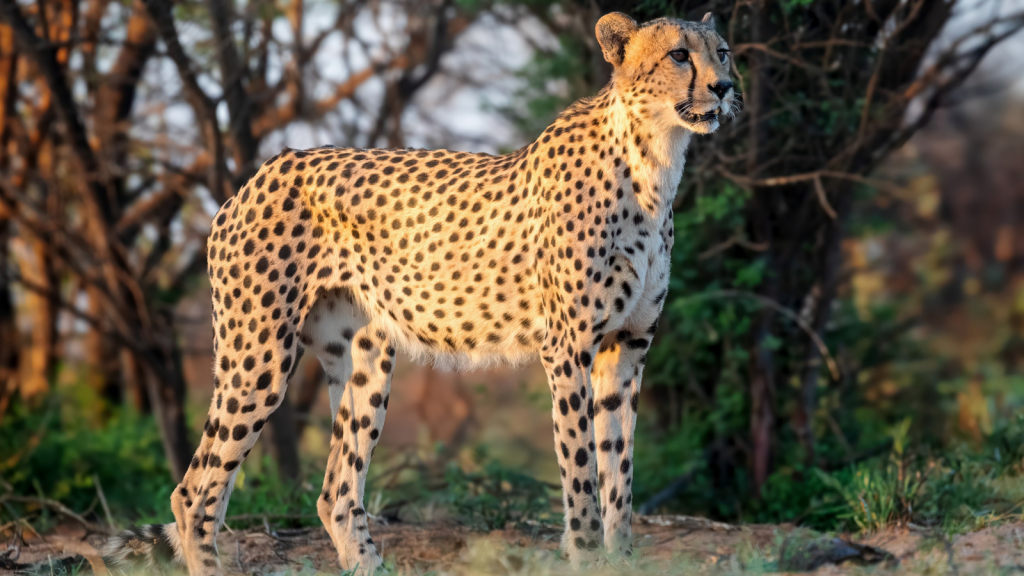
The cheetah, famous for being the fastest land animal, can reach speeds of up to 70 mph in short bursts. While not as heavy as some other big cats, weighing up to 65 kg, cheetahs are still among the largest felines. These sleek, spotted cats are found in parts of Africa and a small area in Iran. Their incredible speed comes at a cost – cheetahs tire quickly and often lose their kills to other predators. Cheetahs have unique semi-retractable claws that provide extra traction during high-speed chases, similar to cleats on running shoes.
Snow Leopard
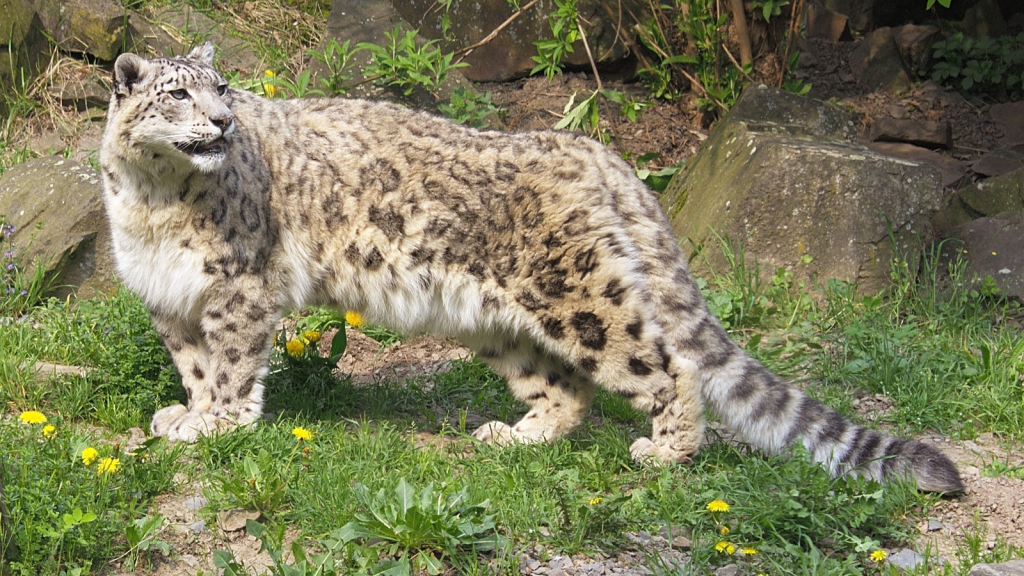
The elusive snow leopard inhabits the mountain ranges of Central and South Asia. These cats, weighing up to 75 kg, have thick fur and wide paws that act like snowshoes, perfectly adapting them to their cold, rocky habitat. Snow leopards are known for their long, thick tails, which they use for balance and wrap around themselves for warmth when resting. Their pale grey-white coat, patterned with dark rosettes and spots, provides excellent camouflage in their snowy, mountainous environment.
Eurasian Lynx
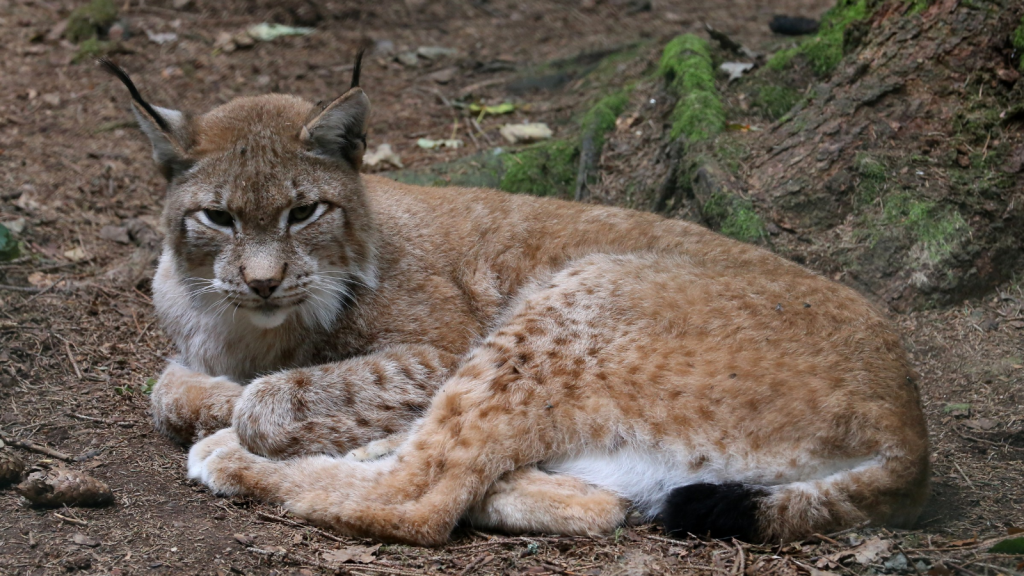
The Eurasian lynx is the largest of the lynx species and one of the largest predators in Europe. These cats can weigh up to 30 kg and are recognisable by their tufted ears and short tails. Lynx are skilled hunters, primarily preying on deer and other small to medium-sized mammals. They’re found across northern Europe and Asia, preferring dense forests. The tufts on their ears act like natural antennae, enhancing their already excellent hearing to help locate prey.
Clouded Leopard
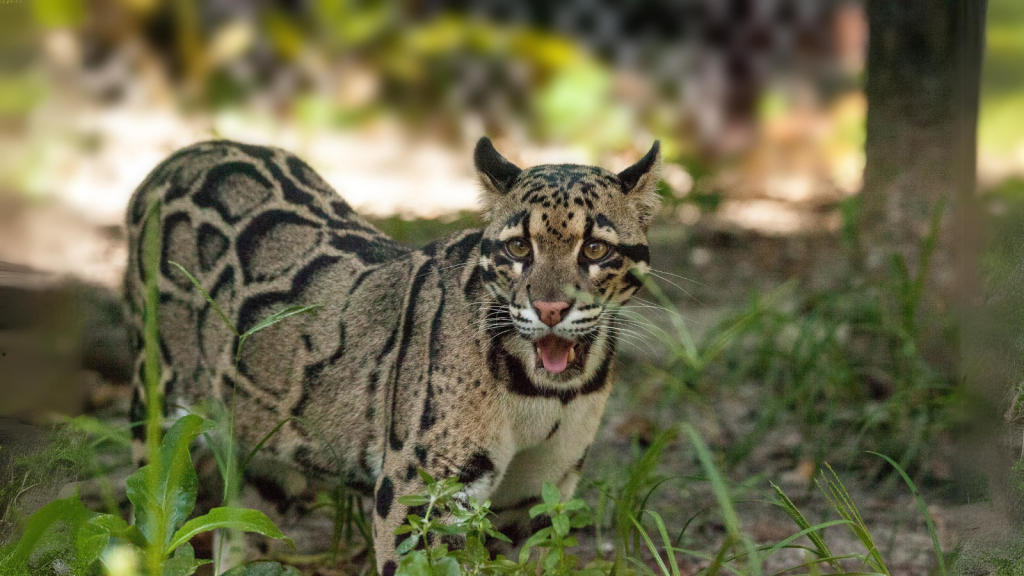
The clouded leopard, named for its distinctive cloud-like coat pattern, is often called the smallest of the big cats. These agile climbers can weigh up to 23 kg and possess the longest canine teeth relative to skull size of any modern cat. Found in the forests of Southeast Asia, clouded leopards are excellent tree-dwellers, capable of climbing down tree trunks headfirst. Their flexible ankle joints allow them to hang upside down from branches using their hind legs, leaving their front paws free to manipulate prey.
Sunda Clouded Leopard
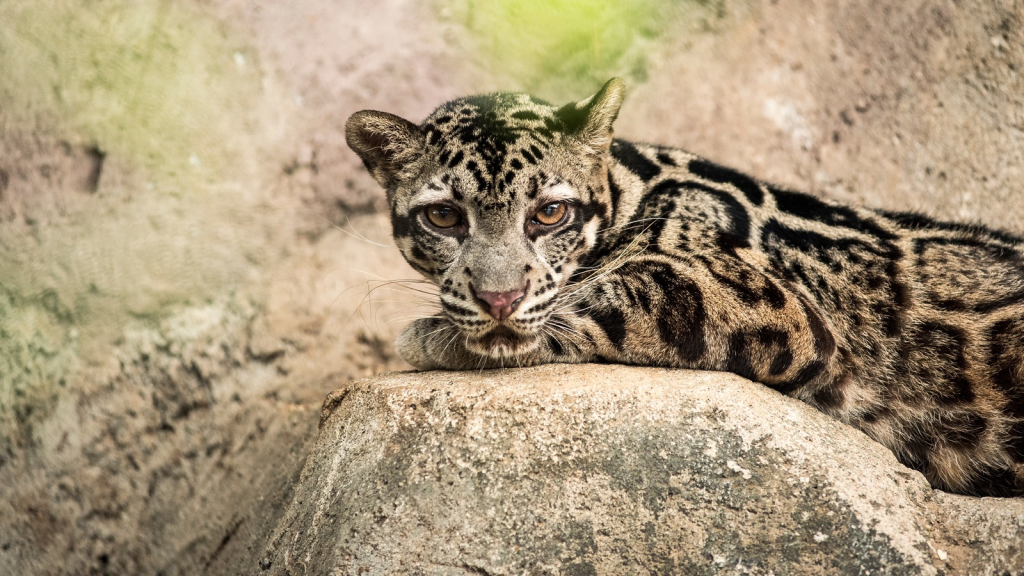
The Sunda clouded leopard, a close relative of the mainland clouded leopard, is found only on the islands of Borneo and Sumatra. These cats can weigh up to 25 kg and have a longer tail relative to body size compared to their mainland cousins. Little is known about their behaviour in the wild due to their elusive nature and the dense forests they inhabit. Recent genetic studies have confirmed that the Sunda clouded leopard is a distinct species from the mainland clouded leopard, having diverged about 1.4 million years ago.
Caracal
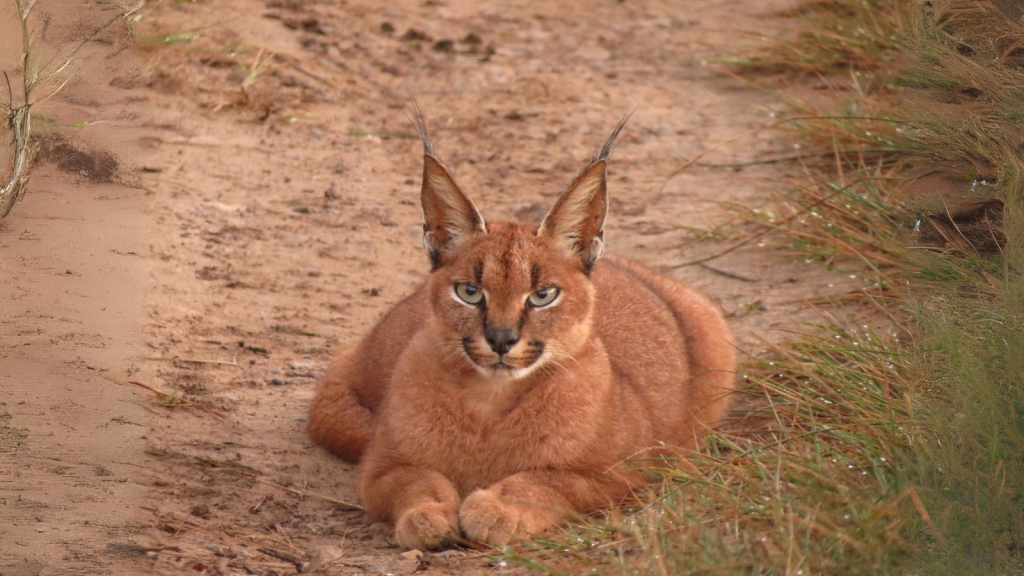
The caracal, known for its distinctive long, tufted ears, is a medium-sized cat found in Africa, the Middle East, and parts of Asia. These cats can weigh up to 18 kg and are incredibly agile, capable of leaping up to 3 metres high to catch birds in mid-flight. Caracals are adaptable predators, thriving in a variety of habitats from semi-deserts to woodlands. Their name comes from the Turkish word “karakulak”, meaning “black ear”, referring to the distinctive black backs of their ears.
Serval
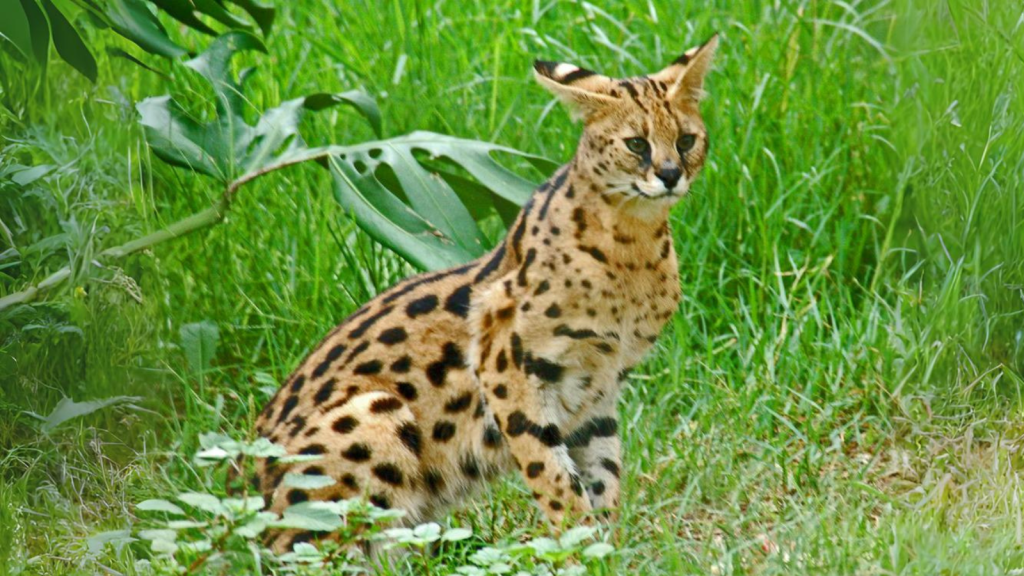
The serval is a slender, long-legged cat native to Africa. These spotted cats can weigh up to 18 kg and have the longest legs relative to body size of any cat. Servals are excellent jumpers and hunters, using their large ears to detect prey moving through grass. They’re often found in savannas and are known for their high success rate when hunting. Servals have an unusual hunting technique where they use their long legs to leap high into the air and pounce down on prey, stunning it with their front paws.
Ocelot
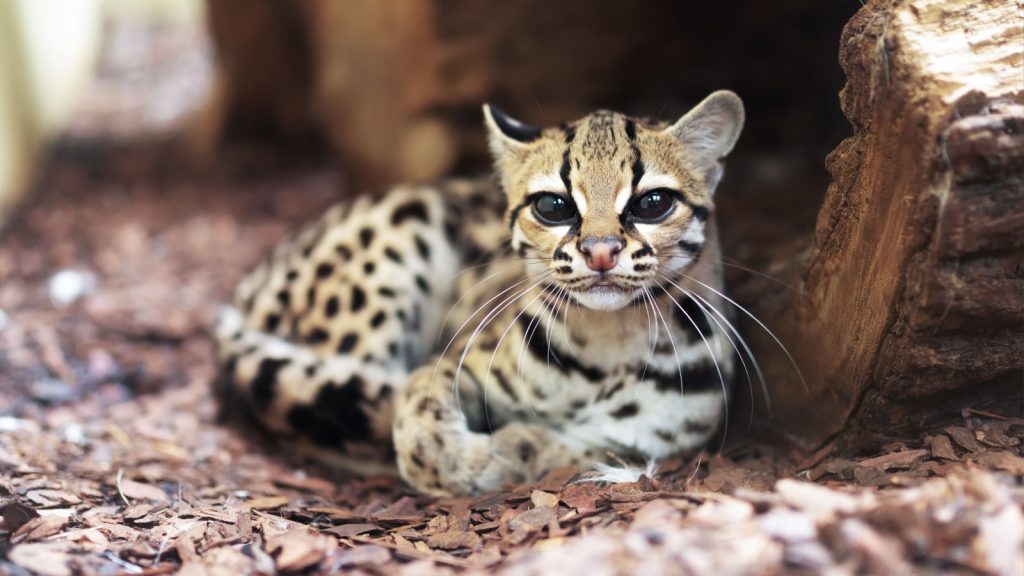
The ocelot is a medium-sized wild cat native to the Americas. These beautifully patterned cats can weigh up to 16 kg and are excellent climbers and swimmers. Ocelots are primarily nocturnal and are known for their large eyes, which help them hunt in low light conditions. They’re found in a variety of habitats from tropical forests to grasslands. Ocelots have a unique coat pattern that’s so intricate, it was once highly prized in the fur trade, leading to significant population declines before protection measures were put in place.
Fishing Cat
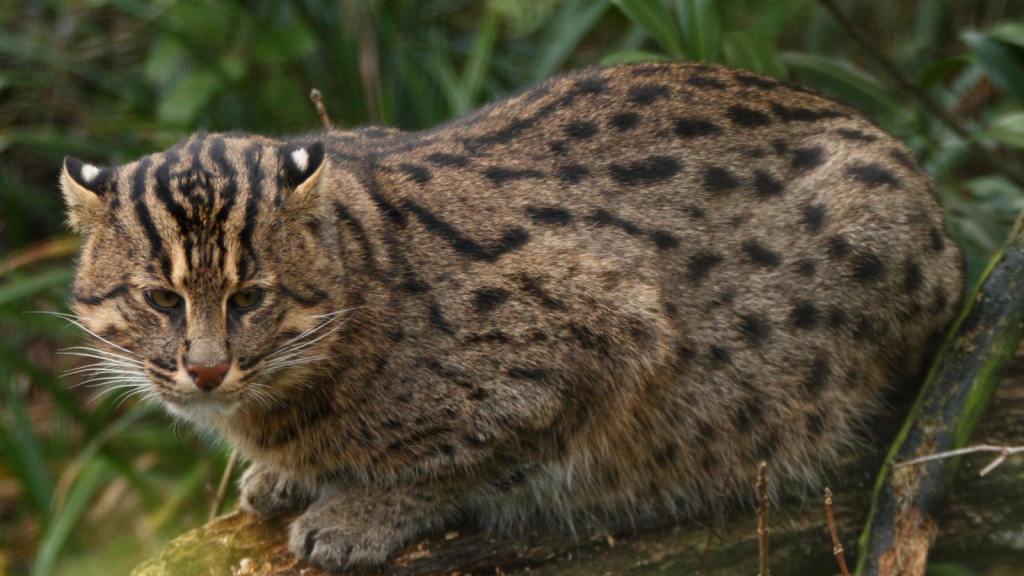
The fishing cat, as its name suggests, is a skilled fisherman among felines. These cats, weighing up to 15 kg, are found in wetland areas of South and Southeast Asia. Fishing cats have partially webbed feet and water-resistant fur, adaptations that help them catch fish and other aquatic prey. They’re excellent swimmers and have been observed diving to catch food. Unlike most cats, fishing cats readily enter water and can swim long distances, even underwater.
Jaguarundi
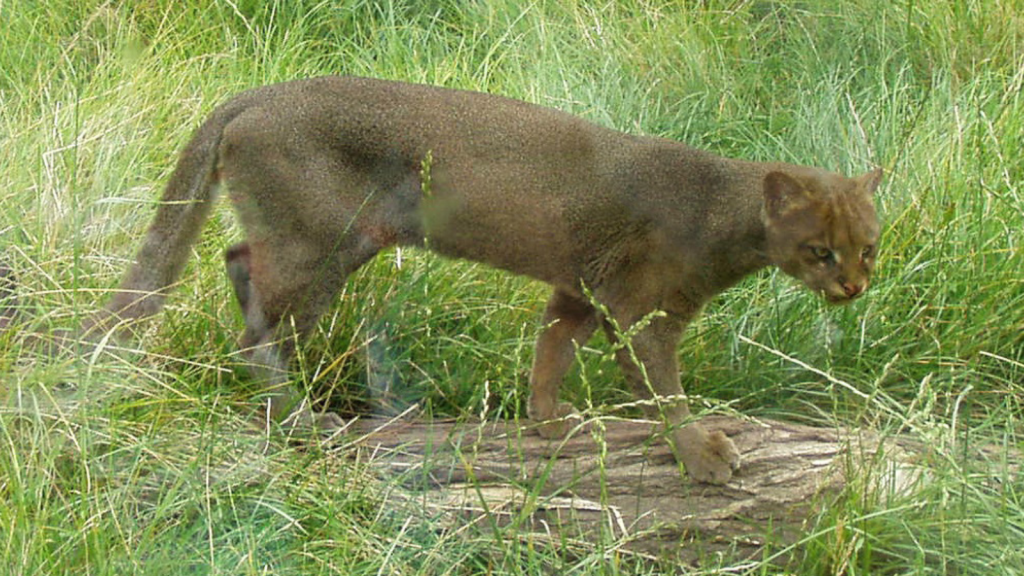
The jaguarundi is a small wild cat native to the Americas, weighing up to 9 kg. Despite its small size, it’s included in this list due to its close relation to larger cats like pumas. Jaguarundis have an unusual elongated body and short legs, giving them a weasel-like appearance. They come in two colour phases – a dark phase ranging from chocolate brown to black, and a red phase ranging from tawny yellow to bright chestnut. Unlike many other wild cats, jaguarundis are often active during daylight hours, making them one of the few diurnal feline species.

